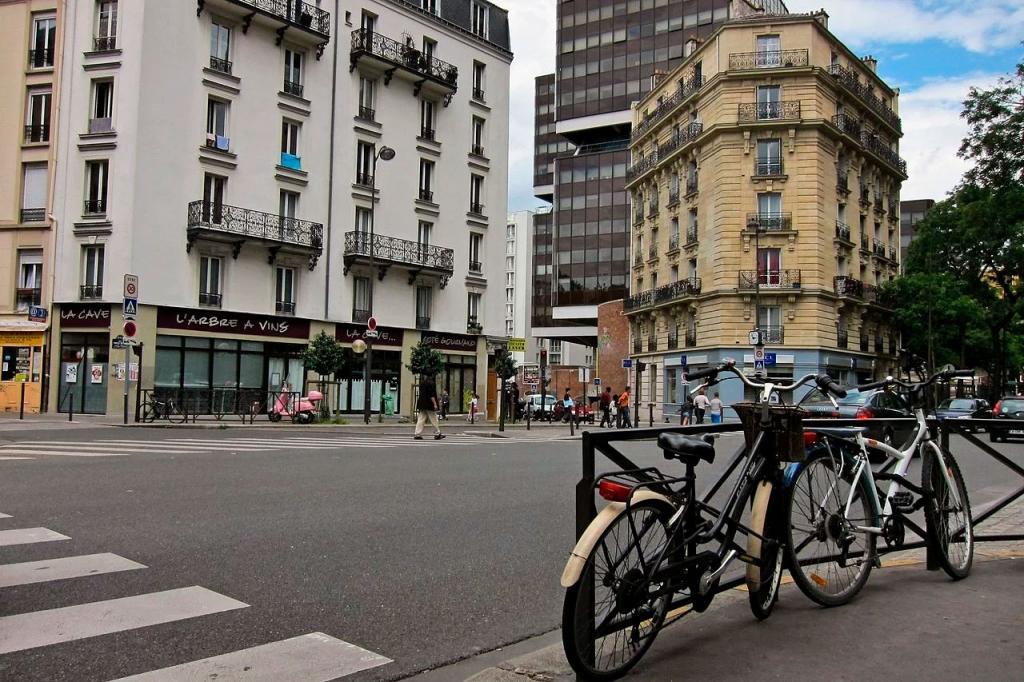
Paris Tolbiac, the 13th from east to west
Categories : City Guide, published on : 2/13/25
The 13th arrondissement, and particularly the Tolbiac district, has been experiencing remarkable dynamism in recent years. Once a working-class district, the 13th is changing rapidly, both along the banks of the Seine and in the former industrial wastelands or on the old sites of the Austerlitz station.
The Tolbiac Street, the backbone of the 13th arrondissement
The Tolbiac Street is just over 2.7 kilometers long, and it completely crosses the 13th arrondissement from east to west, starting from the Avenue de France, at the boundary of the 14th, running to the left bank of the Seine, the natural boundary with the 12th arrondissement.
It was at the end of the 19th century that this street appeared in Paris. Initially named "Rue du transit," it was built in several sections and took the name "Rue Tolbiac" in 1868, five years after construction began.
This district was initially sparsely populated; it was primarily an industrial area, the remnants of which you can still find on your walks through the district, especially around the Gobelins.
Walking in the Tolbiac district
The new "left bank" district is becoming a favorite spot for Parisians since the establishment of the National Library of France and the overall restructuring of the Seine quays. But that’s not all; the Tolbiac district is also a melting pot, both culturally and architecturally.
The Tolbiac district offers a true journey around the world, particularly with the Asian district of the Olympiades, but also through time with, for example, the Butte-aux-Cailles, where you can imagine Paris from a bygone era, on a hill even higher than Montmartre. During your visit to the Butte-aux-Cailles, don’t miss the Cité Florale, the Sainte-Anne Church, or the remarkable historic swimming pool, built in 1924 in an Art Nouveau style. A journey through time, but also through the revitalization near the Gobelins, where you can discover historical (St Marcel necropolis, Port-Royal Church, Queen Blanche's hotel and castle, Rodin High School, Palais du Peuple...) and industrial (Gobelins factory, René Le Gall Square, National Furniture, Les Frigos, Les Grands Moulins de Paris, Halle aux Farines...) remains, and even, the cherry on top, Paris’ first skyscraper, at 33 rue Croulebarbe - 1958-1960 – 21 floors).



